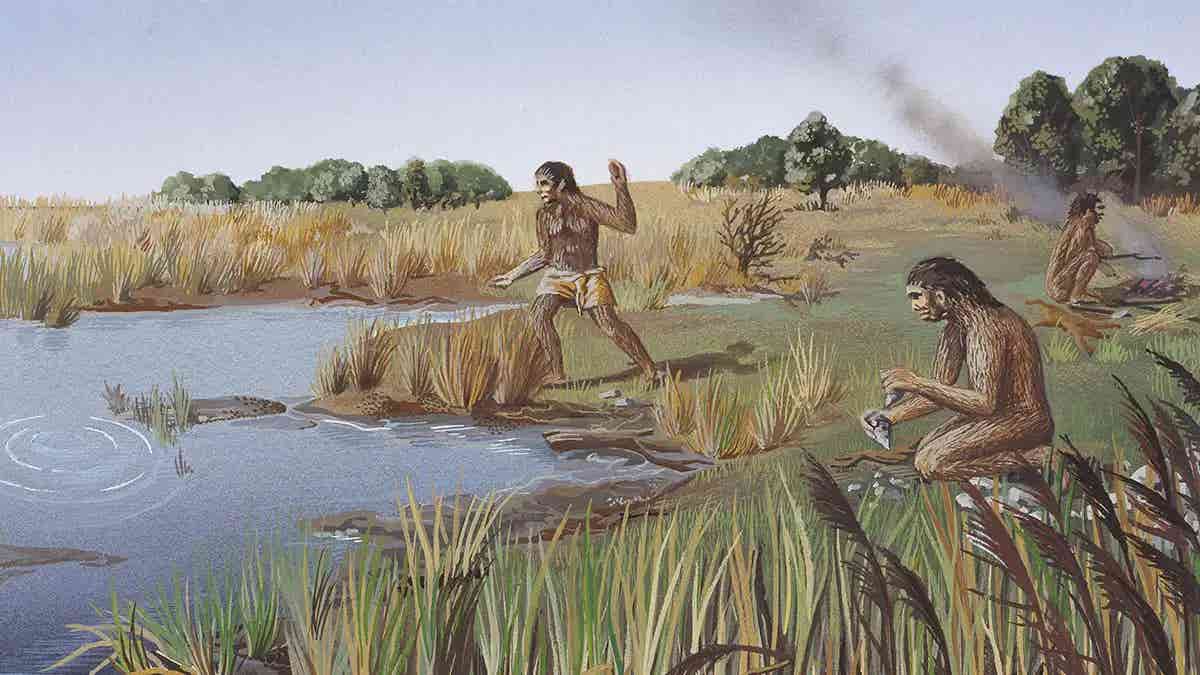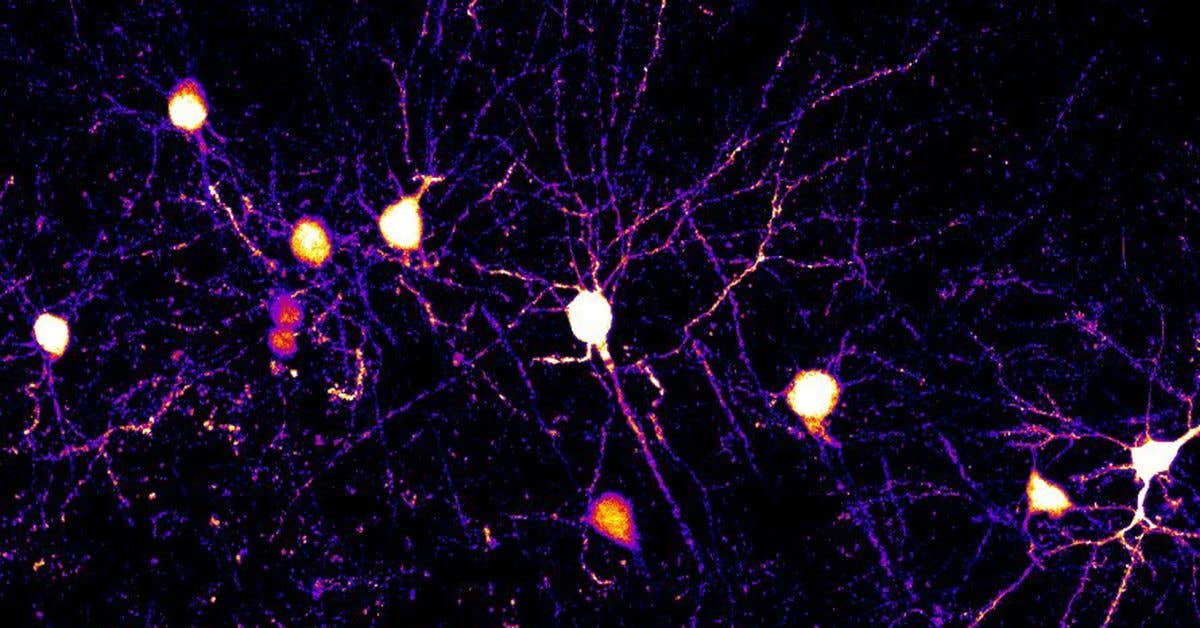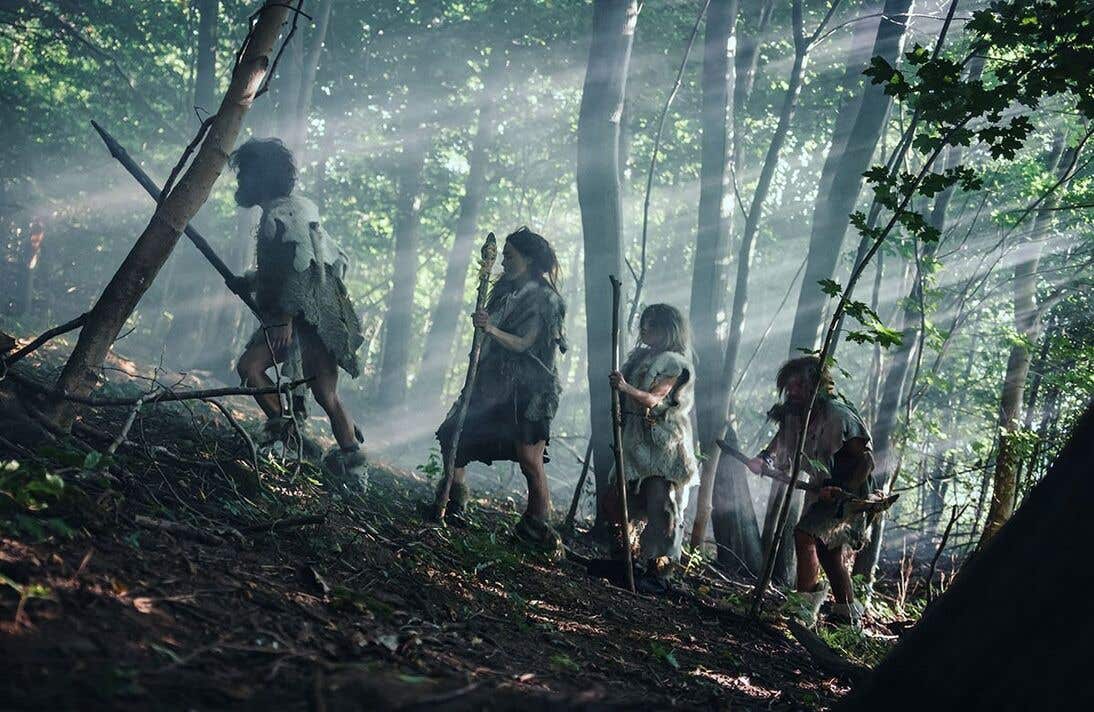Human ancestors nearly went extinct 930,000 years ago
A groundbreaking study reveals that human ancestors survived a dramatic population collapse nearly a million years ago.

Scientists uncover an ancient bottleneck where human ancestors nearly faced extinction, reshaping our understanding of human evolution. (CREDIT: The Natural History Museum / Alamy)
Studying human evolution involves piecing together scattered clues about how we survived against tough odds. One of the biggest mysteries is understanding how large or small ancient human populations were. Typically, scientists rely on fossil records and ancient DNA to investigate these mysteries. But when it comes to periods as distant as the Pleistocene epoch—about a million years ago—such records become rare or nonexistent.
Now, a groundbreaking study published in the journal Science sheds new light on a dramatic event that nearly erased humans from existence. Researchers uncovered evidence that our ancestors survived a population crash that lasted over 100,000 years, leaving just around 1,280 individuals. This severe bottleneck occurred roughly between 930,000 and 813,000 years ago, profoundly influencing the genetic makeup of today's humans.
Piecing Together Our Genetic Past
Understanding human evolution often involves looking closely at our DNA. Yet obtaining ancient DNA from fossils older than 300,000 years—especially from Africa—is incredibly challenging. DNA deteriorates over time, making ancient genetic samples scarce or impossible to analyze. To solve this problem, scientists have turned to analyzing modern DNA, looking for patterns left behind by our ancestors' struggles and survival.
Researchers developed a new method called FitCoal (fast infinitesimal time coalescent process), which cleverly sidesteps many of the problems faced by traditional methods. FitCoal doesn't require old DNA or extensive historical information.
Instead, it uses the DNA of people alive today, specifically looking at genetic variations known as alleles. The distribution of these alleles, captured in something called the site frequency spectrum (SFS), holds clues about past changes in population size.
Yi-Hsuan Pan, a genomic researcher from East China Normal University, emphasized the significance of this method, stating, “The novel finding opens a new field in human evolution because it evokes many questions, such as the places where these individuals lived, how they overcame catastrophic climate changes, and whether natural selection during the bottleneck accelerated the evolution of the human brain.”
FitCoal accurately reconstructs ancient population sizes by analyzing thousands of modern genomes. In this study, researchers used genomic data from 3,154 present-day individuals spanning 50 different populations around the globe.
Related Stories
A Population Collapse Revealed
Analysis of the genetic data revealed something startling—a severe and prolonged bottleneck that nearly brought humans to extinction. Between approximately 930,000 and 813,000 years ago, our ancestors endured drastic environmental changes that decimated their numbers. During this 117,000-year period, an average of only 1,280 breeding individuals survived—a shockingly small number compared to today's global population.
This dramatic finding explains a significant gap in fossil records from both Africa and Eurasia during that time. Giorgio Manzi, an anthropologist at Sapienza University of Rome and a senior author of the study, explained, “The gap in the African and Eurasian fossil records can be explained by this bottleneck in the Early Stone Age. Chronologically, it coincides with significant loss of fossil evidence.”
Why did this bottleneck happen? The study points to severe climate changes, including harsh ice ages and prolonged droughts. These extreme conditions likely wiped out food sources, destroyed habitats, and made survival nearly impossible. The tiny remaining population not only had to survive day-to-day threats but also struggled to keep genetic diversity, crucial for healthy future generations.
Genetic Consequences and Evolutionary Surprises
This ancient bottleneck dramatically impacted human genetics. Around 66% of genetic diversity was lost, profoundly reshaping our gene pool. Interestingly, scientists also found that this harsh period led to crucial genetic changes. One notable event involved the merging of two ancestral chromosomes, creating what we now call chromosome 2. This change potentially contributed to the divergence of modern humans from Neanderthals and Denisovans, shaping the course of human evolution.
Senior author Yun-Xin Fu, a theoretical population geneticist at the University of Texas Health Science Center at Houston, emphasized the breakthrough nature of FitCoal. Fu remarked, “The fact that FitCoal can detect the ancient severe bottleneck with even a few sequences represents a breakthrough.” This methodological advancement unlocks opportunities to explore previously invisible aspects of our genetic past.
During this bottleneck, natural selection likely played a critical role, pushing humans to develop traits suited to extreme survival conditions. The researchers believe this period could have sped up brain evolution, influencing traits that define us today, such as advanced cognitive abilities and complex social structures.
How Did Early Humans Survive?
This revelation raises intriguing questions about human resilience. How did such a small number of humans survive for over 100,000 years under harsh environmental pressures?
The researchers speculate several factors contributed to their survival. The control of fire, a vital skill for warmth and cooking, probably became essential. Additionally, as climates eventually shifted toward more favorable conditions, the population slowly recovered. About 813,000 years ago, numbers began rising rapidly again, setting the stage for later expansions of humans across the globe.
These findings provide an entirely new context for interpreting human fossils and archaeological sites. Knowing about this dramatic bottleneck allows scientists to better understand the development of behaviors and tools essential for human survival. Researchers like Pan stress the need to pinpoint exactly where these ancient humans lived and what strategies they used to overcome immense environmental challenges.
Looking Ahead in Human Evolution Research
While this discovery clarifies a vital moment in our evolutionary past, it also opens many avenues for future research. The researchers are eager to investigate geographic locations where these small human groups survived and thrived. They also aim to explore how these challenging times influenced human biology, behavior, and even the evolution of the human brain.
Li Haipeng, a computational biologist at the Shanghai Institute of Nutrition and Health and another senior author, emphasized that this discovery is just the beginning. He remarked, “Future goals with this knowledge aim to paint a more complete picture of human evolution during this period, unraveling the mystery that is early human ancestry and evolution.”
This research highlights the remarkable adaptability of our ancestors, who overcame severe odds. It reminds us how fragile our existence once was, dependent upon a tiny group of survivors. Understanding these past events offers valuable perspectives about humanity’s resilience and the environmental factors shaping our evolutionary path.
In revealing this hidden crisis, scientists haven't just provided insight into the past. They've also equipped us with knowledge about how humanity might face future challenges. Knowing how our ancestors overcame nearly impossible odds teaches us about survival, adaptation, and the resilience deeply embedded in our DNA.
Note: Materials provided above by The Brighter Side of News. Content may be edited for style and length.
Like these kind of feel good stories? Get The Brighter Side of News' newsletter.
Joseph Shavit
Head Science News Writer | Communicating Innovation & Discovery
Based in Los Angeles, Joseph Shavit is an accomplished science journalist, head science news writer and co-founder at The Brighter Side of News, where he translates cutting-edge discoveries into compelling stories for a broad audience. With a strong background spanning science, business, product management, media leadership, and entrepreneurship, Joseph brings a unique perspective to science communication. His expertise allows him to uncover the intersection of technological advancements and market potential, shedding light on how groundbreaking research evolves into transformative products and industries.



